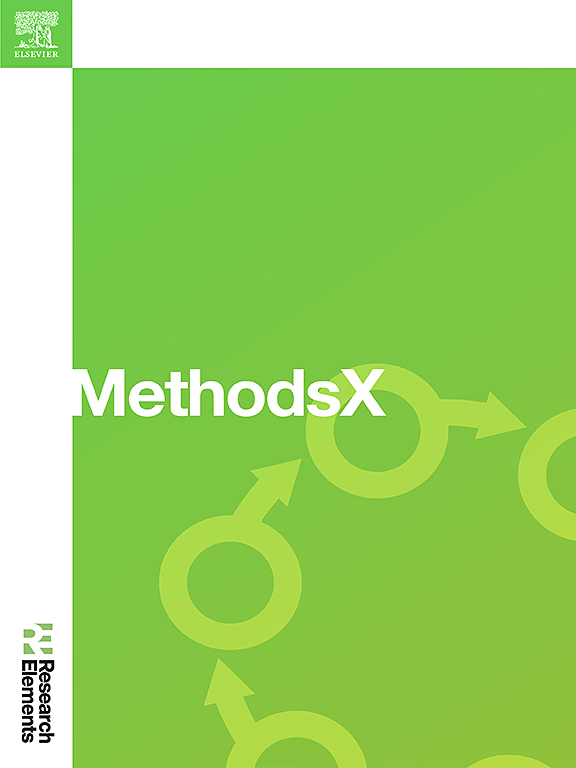Simple and accessible methods for quantifying isolated mucins for further evaluation
IF 1.6
Q2 MULTIDISCIPLINARY SCIENCES
引用次数: 0
Abstract
In this study, we present a detailed workflow for the isolation, quantitation, and evaluation of mucin proteins. These methods are applicable to a variety of biological, mucin-containing samples from the airways and other mucosal organ systems. While this report focuses on the salivary MUC5B protein from the respiratory system, the presented methodologies can be applied to other mucins, contributing to a broader application of these techniques. We used a simplified isopycnic centrifugation to purify and enrich MUC5B from human saliva. Isolated MUC5B was then subjected to a Bradford protein assay using a bovine submaxillary mucin (BSM) standard, which more accurately reflects the mucin concentration in our samples compared to a bovine serum albumin (BSA) standard. Additionally, we compare the mucin levels following quantitation using agarose polyacrylamide gel electrophoresis. Our findings show a near 2-fold increase in quantitation from the more representative, BSM standard, suggesting its importance for mucin studies. These methods support a wide range of experimental applications looking to assess mucins, thereby contributing to the broader field of mucin studies and advancing our understanding of the implications of mucins in health and disease.
- •A streamlined, one-step isopycnic ultracentrifugation to isolate MUC5B from human saliva
- •A Mucin Bradford assay that is modified from existing Bradford assay techniques to better quantitate mucin for mucin studies
- •An agarose-polyacrylamide gel electrophoresis method used to visualize and confirm the isolation and quantitation of mucin

简单易行的方法定量分离粘蛋白作进一步评价
在这项研究中,我们提出了一个详细的工作流程的分离,定量和评价粘蛋白。这些方法适用于来自气道和其他粘膜器官系统的各种生物、含有黏液的样品。虽然本报告的重点是来自呼吸系统的唾液MUC5B蛋白,但所提出的方法可以应用于其他粘蛋白,有助于这些技术的广泛应用。我们使用简化的等重离心从人唾液中纯化和富集MUC5B。然后用牛颌下黏液蛋白(BSM)标准品对分离的MUC5B进行Bradford蛋白测定,与牛血清白蛋白(BSA)标准品相比,BSM标准品更准确地反映了样品中的黏液浓度。此外,我们比较了琼脂糖聚丙烯酰胺凝胶电泳定量后的粘蛋白水平。我们的研究结果显示,与更具代表性的BSM标准相比,定量增加了近2倍,这表明它对粘蛋白研究的重要性。这些方法支持广泛的实验应用,旨在评估粘蛋白,从而促进粘蛋白研究的更广泛领域,并促进我们对粘蛋白在健康和疾病中的意义的理解。•从人唾液中分离MUC5B的流线型一步异重超离心•从现有的Bradford测定技术改进的Mucin Bradford测定法,以更好地定量粘蛋白研究•琼脂糖-聚丙烯酰胺凝胶电泳法用于可视化和确认粘蛋白的分离和定量
本文章由计算机程序翻译,如有差异,请以英文原文为准。
求助全文
约1分钟内获得全文
求助全文
来源期刊

MethodsX
Health Professions-Medical Laboratory Technology
CiteScore
3.60
自引率
5.30%
发文量
314
审稿时长
7 weeks
期刊介绍:
 求助内容:
求助内容: 应助结果提醒方式:
应助结果提醒方式:


